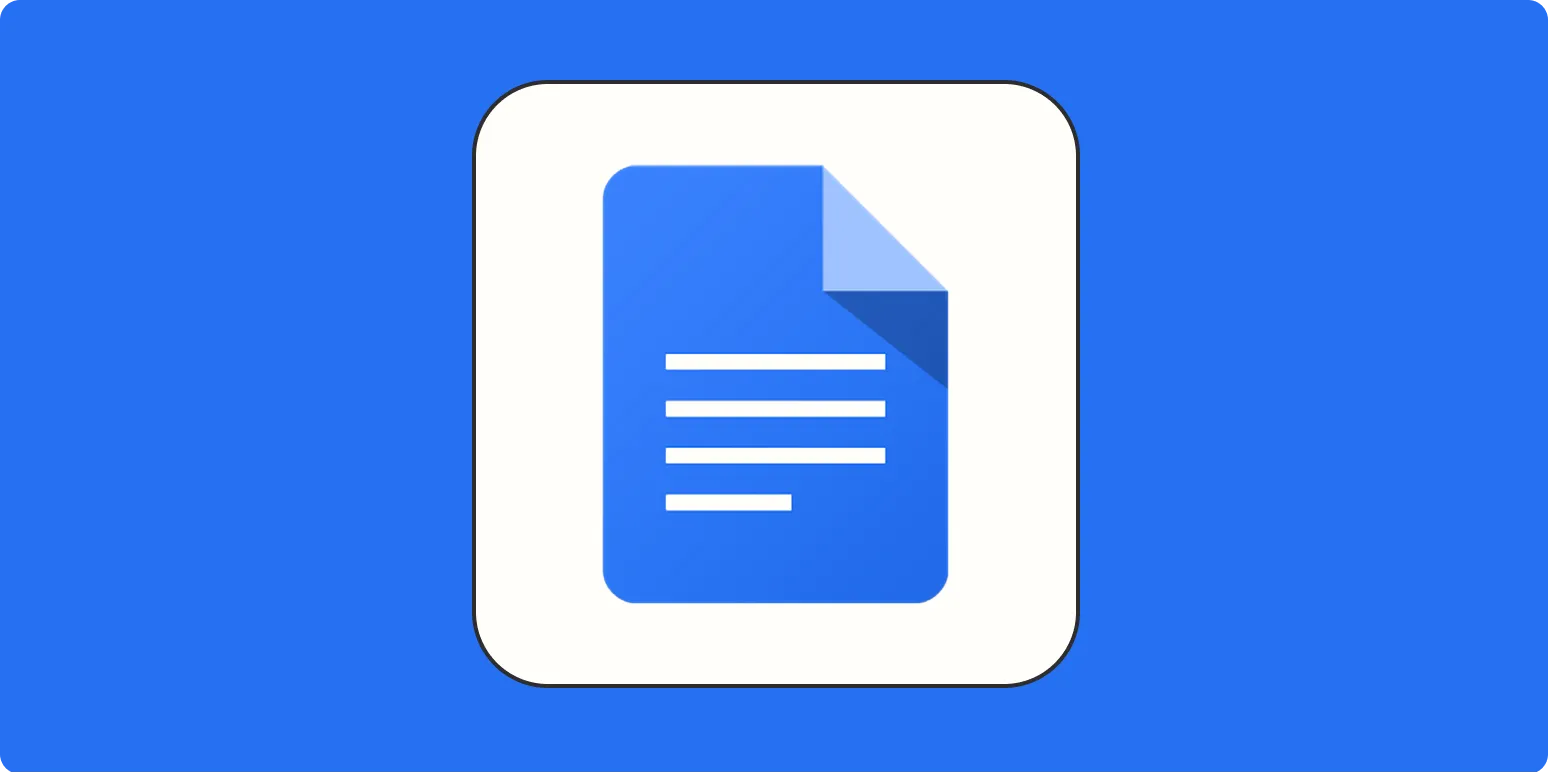Google has recently announced a significant upgrade to its popular productivity tool, ''Google Docs'', by switching to ''canvas-based rendering''. This change aims to enhance user experience, improve performance, and provide more flexibility in document editing. In this article, we’ll delve into what canvas-based rendering means for users and how it can improve your experience with Google Docs.
What is Canvas-Based Rendering?
Canvas-based rendering refers to the process of utilizing a ''canvas element'' in web applications to draw graphics on the fly. This method differs from traditional rendering techniques, where elements are represented as DOM (Document Object Model) elements. With canvas-based rendering, Google Docs can manage complex graphics and text much more efficiently.
The Benefits of Canvas-Based Rendering
Switching to canvas-based rendering offers several benefits for users of ''Google Docs'':
- Improved Performance: Canvas rendering can lead to faster load times and smoother interactions, particularly when working with large documents or complex formatting.
- Better Graphics Handling: This method allows for advanced graphics and visual enhancements, making documents look more polished and professional.
- Increased Flexibility: Users can expect more dynamic content features, such as interactive charts and graphs, which can be easily manipulated within the document.
How Canvas-Based Rendering Works
Canvas-based rendering operates by drawing graphics directly onto a bitmap, which is then rendered by the browser. This approach enables Google Docs to handle various elements, such as text, images, and shapes, in a more fluid manner. Here’s a breakdown of how it works:
- Drawing on the Canvas: Instead of creating separate DOM elements for each element in a document, the canvas allows Google Docs to draw everything on a single layer.
- Real-Time Updates: Changes made to the document can be reflected in real time, offering a smoother user experience when editing.
- Efficient Resource Management: By reducing the number of DOM elements, the browser can allocate resources more effectively, leading to improved performance.
What This Means for Users
The transition to canvas-based rendering in ''Google Docs'' holds significant implications for users. Here are some key takeaways:
- Enhanced Collaboration: With real-time updates and smoother interactions, collaborating with colleagues on documents will become more efficient. Multiple users can edit simultaneously without experiencing lag or delays.
- Rich Media Integration: Users can expect better integration of images, videos, and other media types within their documents, making it easier to create visually engaging content.
- Improved Accessibility: The new rendering method may lead to better support for screen readers and other accessibility tools, making Google Docs more user-friendly for individuals with disabilities.
Potential Challenges
While the switch to canvas-based rendering brings many improvements, there may also be challenges to consider:
- Learning Curve: Some users may need time to adapt to the new interface and features that come with canvas rendering.
- Compatibility Issues: Older browsers may not fully support canvas rendering, which could lead to inconsistent experiences for users on different platforms.
- Performance on Low-End Devices: Users with older or less powerful devices might experience slower performance, particularly with large documents.
Conclusion
The switch to ''canvas-based rendering'' in Google Docs signifies a major step forward in enhancing user experience and document functionality. By improving performance and enabling more sophisticated graphics handling, Google is committed to making its productivity tools more powerful and user-friendly. As users, embracing these changes will allow you to harness the full potential of Google Docs in your everyday tasks.
For those who work extensively in Google Docs, it's essential to stay informed about these updates and adapt to the new features that canvas-based rendering will bring. This transition not only improves the platform but also positions Google Docs as a leading tool for document creation and collaboration.





